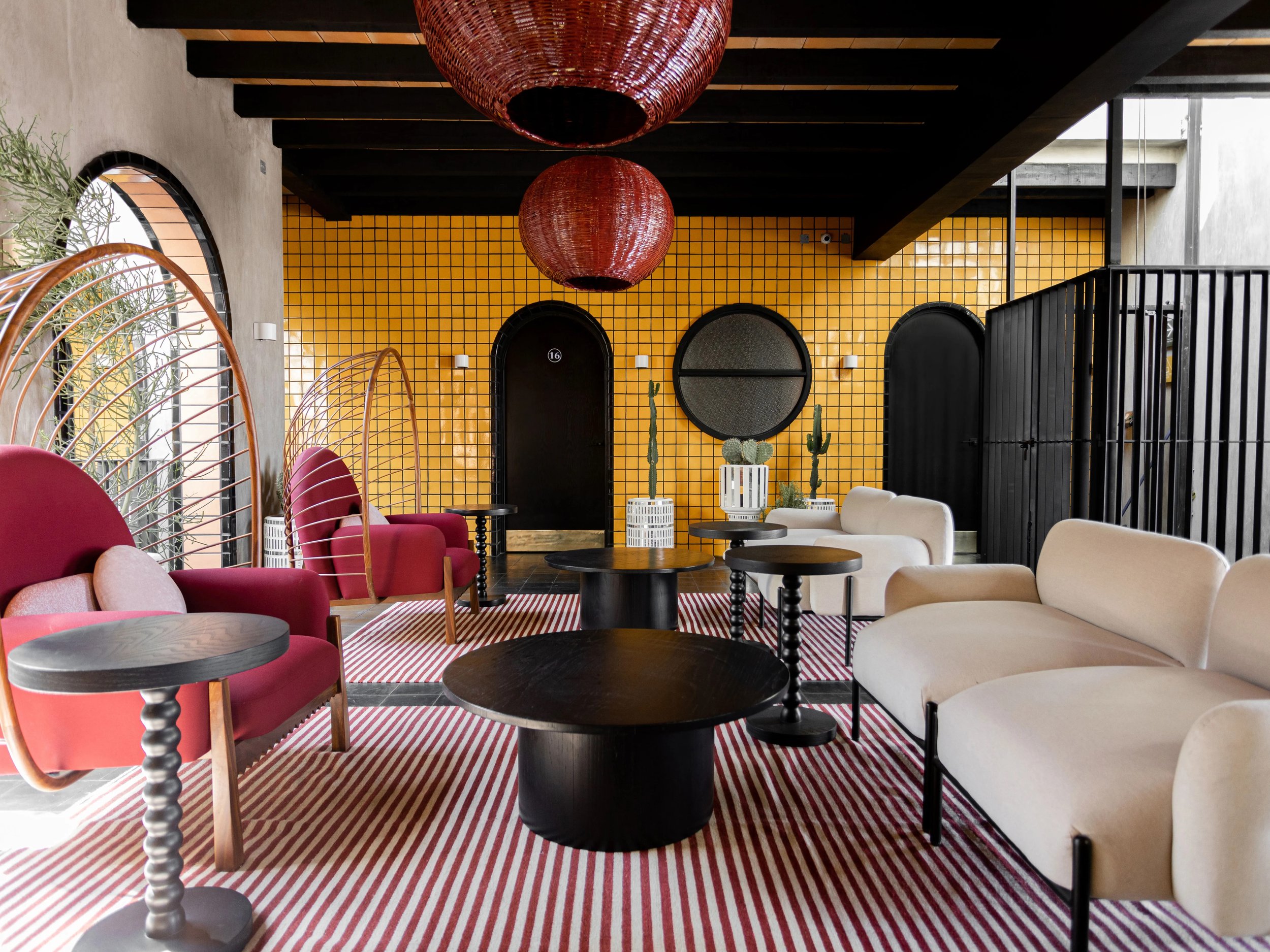The Revival of Forgotten Artisans: How Traditional Crafts are Shaping Modern Interiors
Now seems a good time to reach back in history and bring traditional craftsmanship into the forefront of modern spaces. We’re not talking about merely nostalgia; we mean to pay recognition to the value, uniqueness, and soul imbued in artisanal creations. This blog aims to explore/implore this renaissance, spotlighting the artisans and designers who are weaving ancient techniques into the fabric of contemporary design.
Rekindling the Artisanal Flame
At the heart of this revival are the artisans themselves, guardians of techniques passed down through generations. From the meticulous weaving practices of the Berber tribes in Morocco to the intricate ceramic glazing methods found in the alleys of Kyoto, these crafts are not just preserved histories but living, breathing elements of modern interiors.
Integrating Tradition into Modernity
As designers, we are increasingly drawn to these traditional crafts, not just for their aesthetic appeal but for the stories they tell. For instance, the use of Oaxacan pottery in sleek, minimalistic kitchens or hand-blown Murano glass lighting fixtures suspended in ultra-modern living rooms showcases a harmonious blend of old and new.
oaxacan pottery - image: obakki
Sustainability and Ethical Production
This trend also aligns with the growing demand for sustainability and ethical production methods. Artisans typically employ techniques that are environmentally friendly, using natural materials and processes that have minimal impact on the planet. By incorporating these elements into their designs, interior designers are not only enhancing the aesthetic value of their spaces but also promoting a more sustainable, conscientious approach to design.
murano glass
Case Studies of Artisan-Designer Collaborations
The collaboration between Japanese architect Kengo Kuma and the Ainu, indigenous people of Japan, is a prime example of this trend in action. Kuma's work, which integrates Ainu woodcarving techniques into contemporary architectural elements, illustrates a deep respect for tradition while pushing the boundaries of modern design.
kengo kuma
Another noteworthy example is the partnership between Mexican interior designers and local talavera potters. Together, they're creating bespoke tiles that adorn the walls of luxury hotels and restaurants, marrying the rich heritage of Mexican ceramics with contemporary design sensibilities.
image: AD
A Future Woven from the Past
The revival of forgotten artisans within the sphere of contemporary interior design is more than a trend; it's a movement towards a future where design is not only about appearance but also about essence, sustainability, and the celebration of cultural heritage. This attitude encourages us to look back at the past not as a bygone era but as a foundation upon which we can build a more thoughtful, inclusive, and beautiful world.
Through this exploration, it's clear that the preservation and promotion of traditional craftsmanship in modern interiors isn't merely aesthetic—it's a profound commentary on the values of our time, highlighting sustainability, cultural preservation, and the undeniable beauty of the handmade in the face of automation and commoditization.






